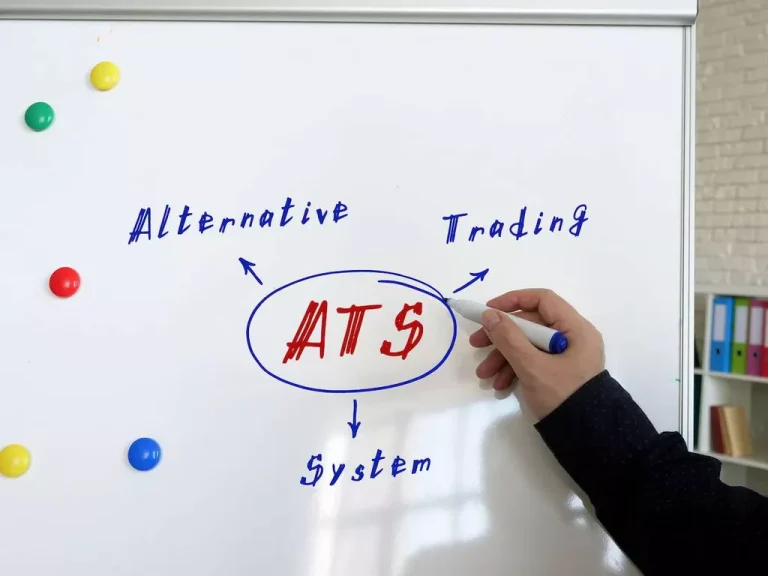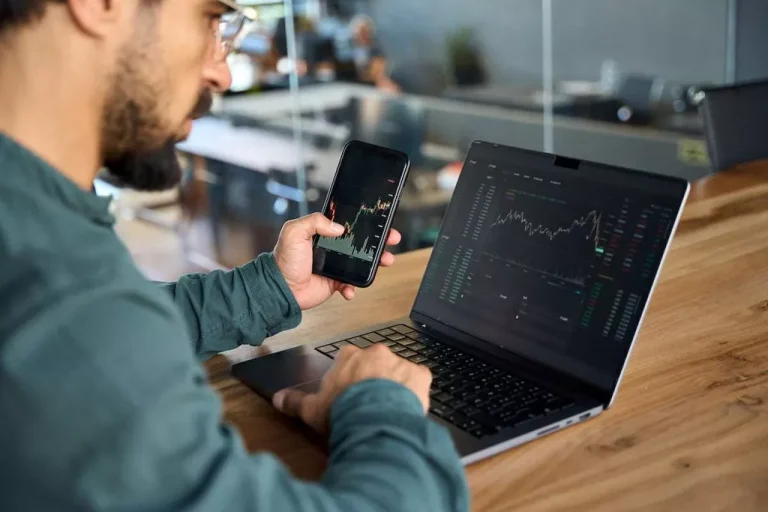But for a lot of, the sense of control and independence is price the additional duty. The two main kinds of Bitcoin wallets may be described as custodial and non-custodial. By contrast, a non-custodial wallet offers you the complete responsibility for your keys. The first one works equally to a conventional bank, while the latter makes you act as your own financial institution. The last selection between these kind of wallets will rely in your purposes and the variety of crypto property. An obvious selection for a newbie with a small amount of cryptocurrency would be a custodial pockets, which offers a simple method to entry your crypto assets.

When utilizing a custodial pockets, you’re entrusting your private keys—and subsequently your crypto assets—to a 3rd party. This setup effectively places control of your funds in someone else’s hands. If the service experiences downtime, makes modifications to its insurance policies, or decides to limit entry, your capability to handle your assets is immediately impacted. For users who worth true ownership and independence, this can be a vital limitation.
Pros Of Non-custodial Wallets
Although some software wallets will provide password protection for users to achieve access to an app, the personal key (or seed phrase) permits users to revive a pockets from one other gadget. As the name suggests, custodial crypto wallets take custody of the personal keys of customers. That signifies that customers are entrusting their cryptocurrency to a 3rd party. Essentially, custodial change accounts act like banks, where Proof of personhood the funds are yours, but you don’t have full control over them. Fortunately, many non-custodial wallet providers give customers a recovery phrase or “seed phrase”.
Types Of Wallets: Custodial Vs Non-custodial Wallets
- Ultimately, it is up to the person, and the non-custodial Crypto.com Onchain is one of many options to contemplate.
- The transaction history can additionally be not recorded on the underlying blockchain in real-time, and transaction costs are typically larger due to the involvement of custodians and other intermediaries.
- However, users need to create a backup of their private keys and recovery phrases to guarantee that they will recuperate their funds in the event that they lose entry to their wallets.
- We’ll break down the variations between these two kinds of crypto wallets and which could be best for you.
- We can classify these types by their token requirements, but understand that we could have the same tokens running on a number of blockchains underneath totally different requirements.
Non-custodial wallets could be browser-based, they will come in the form of software installed on cell devices or on desktops, or they can be hardware gadgets, amongst different options. Although they’ll take many types, the most secure way to hold your cryptocurrency is utilizing hardware wallets. These crypto wallets usually seem like a USB storage gadget with a display screen and analog buttons. A non-custodial crypto wallet is a wallet the place only the holder possesses and controls the personal keys. For customers who want full management over their funds, non-custodial wallets are the finest option.
This Learn article will have a look at https://www.xcritical.com/ what crypto wallets are and what the distinction is between non-custodial and custodial wallets. Selecting the most effective sort of wallet for storing and safeguarding digital belongings is crucial in phrases of proudly owning crypto. There are many several types of wallets on the market, and things can get confusing on what to decide on.
In order to send coins through the blockchain community, a user should first enter the public key after which verify the transaction by coming into the non-public key. This means that you could take those private keys and send your funds to whomever you need at any time you want from anywhere you want and with out anybody else being ready to cease you. There are also no KYC or AML exams to cross, which means it takes literally seconds to obtain and use. In distinction many custodial wallets can take days to “approve” your account. Most custodial wallets are accessed through a web browser similar to you would possibly login to your financial institution or email account. The most typical sorts are ones that are built into Crypto Exchanges so that the user should buy and promote their bitcoin directly from the wallet supplier.

Unlike such non-custodial wallets as hardware gadgets, custodial wallets require an internet connection for performing any kind of transaction. Custodial wallets are easy to use, with simple interfaces and additional providers, but you want to trust a third party to maintain your belongings protected. Non-custodial wallets, on the other hand, offer you full management over your assets, providing better privacy and safety, however you need to be more careful and know the method to handle things correctly. When you set up a non-custodial pockets, you create one thing called a private key or seed phrase. Some crypto customers say this implies custodial pockets users don’t actually “own” their crypto, since they don’t control the personal key. One of the major advantages of utilizing a custodial pockets is that it could be an effective way of avoiding high transaction charges.
Non-custodial wallets give you full management of your keys but require extra accountability for safety. A non-custodial pockets is a sort of crypto wallet the place you, and solely you, have entry to your personal keys. Instead of handing over your keys to a third-party service, you retain them secure yourself.

When organising a non-custodial pockets, you may get a mnemonic phrase of 12 to 24 words that you need to write down and deposit somewhere protected. If you probably can’t entry your wallet anymore, you need to use the restoration phrase to regain entry. For example, they may use custodial wallets for quick trades and non-custodial wallets for securely holding long-term investments. However, remember that custodial wallets come with trade-offs, corresponding to limited control over your funds and potential privateness compromises. Still, for novices who worth ease of use and a gentle studying curve, custodial wallets are a sensible choice.
If you somehow lose your private key, your pockets and your seed phrase, there shall be no approach to recover your funds. Now that we’ve made the excellence between custodial vs non-custodial wallet offerings, let’s have a look at a number of the other kinds of crypto wallets. First, a paper pockets is certainly one of the most safe forms of non-custodial wallets. A wallet holder can generate a QR code that represents their private and non-private keys. This code could be printed on paper and stored offline to prevent potential hacks. Despite this, the nature of a paper wallet implies that it’s fairly simple to lose or damage it.
A deep dive into the key differences that separate custodial vs non-custodial wallets. To get started, simply buy cryptocurrency by way of MoonPay or by way of any of our associate pockets functions with a credit card custodial vs non custodial wallet, financial institution transfer, Apple Pay, Google Pay, and tons of other payment strategies. MoonPay’s widget offers a quick and straightforward approach to buy Bitcoin, Ethereum, and greater than 50 different cryptocurrencies. Just make sure to follow greatest practices so that you are able to recover it do you’ve got to lose it.
A non-custodial crypto pockets is a decentralised crypto pockets that permits users to maintain their private keys by themselves. In different words, users have full management over their crypto funds and authorize every crypto transaction. This phrase ought to be kept in a secure place as a result of it serves as a restoration phrase in case you will need to revive a deleted or misplaced wallet. With a custodial pockets, a consumer initiates a transaction via their platform of alternative and selects a wallet address to which they’d wish to ship funds. The custodian of the non-public key, in this case a crypto change, is tasked with “signing” transactions utilizing the personal key to ensure they’re accomplished correctly. Custodial wallets are usually easy to connect with decentralized apps (dApps) and monetary alternatives like staking or yield farming.
